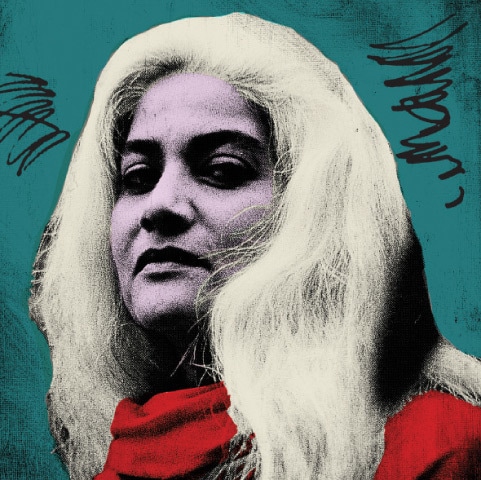
The arts are usually valued as aesthetic objects, music, dance or theatrical performances — symbols of the culture of a nation. Less explored is the transformative emotional and intellectual process experienced by those creating works of art and crafts.
People are fascinated to watch artists and artisans transform ordinary materials into beautiful paintings, woven baskets or compose music from a few simple notes. Alfred Gell called this fascination “the magic of technology and the technology of magic.” Over the years, psychologists have proposed various theories to decode the mystery of the creative process.
Creativity appears to be a human activity like no other. A potter sitting at the wheel seems to be in a trance-like state of total concentration, as a lump of soggy clay transforms beneath his hands into a perfectly symmetrical vase. Most artists, writers, composers and poets will recognise being lost in the act of creation, unaware of time or their surroundings. While this complete absorption appears anti-social, there is a general agreement that creativity is a positive activity.
This led to investigations into the healing nature of the creative process. In the 1940s, Margaret Naumburg, considered a pioneer in Art Therapy, found creativity unlocked suppressed emotions and thoughts, allowing healing to take place. Today, it has become an integral part of modern medical treatment.
Concluding that many health issues are related to lifestyle, Social Prescribing, as it is now called, is recommended by doctors for some patients to access a wide range of non-clinical therapies, from art to gardening, sports and community activities. Post-operative patients exposed to music and visual arts require less medication and recover faster. In 2008, the British Health Policy called for participatory arts to be part of the mainstream in health and social care.
When dealing with bereavement, social exclusion, anxiety, stress or even aging, many turn to music, poetry or art
When dealing with bereavement, social exclusion, anxiety, stress or even aging, many turn to music, poetry or art. André Breton, co-founder of the Surrealist art movement, cared for injured and traumatised soldiers in WWI, leading to his interest in the workings of the subconscious. He wrote in the First Manifesto of Surrealism (1924),”Our brains are dulled by the incurable mania of wanting to make the unknown known.”
The creative process requires concentration and focus, giving temporary respite from other problems. Its lasting positive effects include self-confidence, developing trust, empathy, mental clarity, the ability to communicate emotion through concrete metaphors, bringing up deep emotions to the conscious mind and learning to regulate emotional responses. Existing ideas are dismantled and rebuilt with new meanings; altering the way we think,
see ourselves and the world around us. This leads to a sense of empowerment and well-being.
Sikander Jogi’s art students, at Karachi Central Jail, learnt to symbolise their imprisonment and desire for freedom with images from nature that lay beyond the prison walls. Many hardened criminals not only developed calmness, but some continued to make art after their release.
Rural communities understand the healing power of creativity. After a 16-hour workday, women sit together to embroider and weave, sharing stories of the day. Artisan families make baskets collectively, fashion water vessels or weave charpai beds. The hashri grass-cutting rituals of Mansehra are accompanied by music and dance. Festivals are held at the beginning and end of the arduous growing seasons. Urban communities such as The Piecemakers’s Guild of Karachi, meet every two weeks to share their creative quilting. Online craft communities such as Etsy, are growing in popularity.
The purpose of healing through creativity is not to make a beautiful artwork, but, as Nikki Rowe says, “Art is my cure to all this madness, sadness and loss of belonging in the world and through it I’ll walk myself home.”
Durriya Kazi is a Karachi-based artist and heads the department of visual studies at the University of Karachi Email: durriyakazi1918@gmail.com
Published in Dawn, EOS, Octoberr 25th, 2020














































Dear visitor, the comments section is undergoing an overhaul and will return soon.